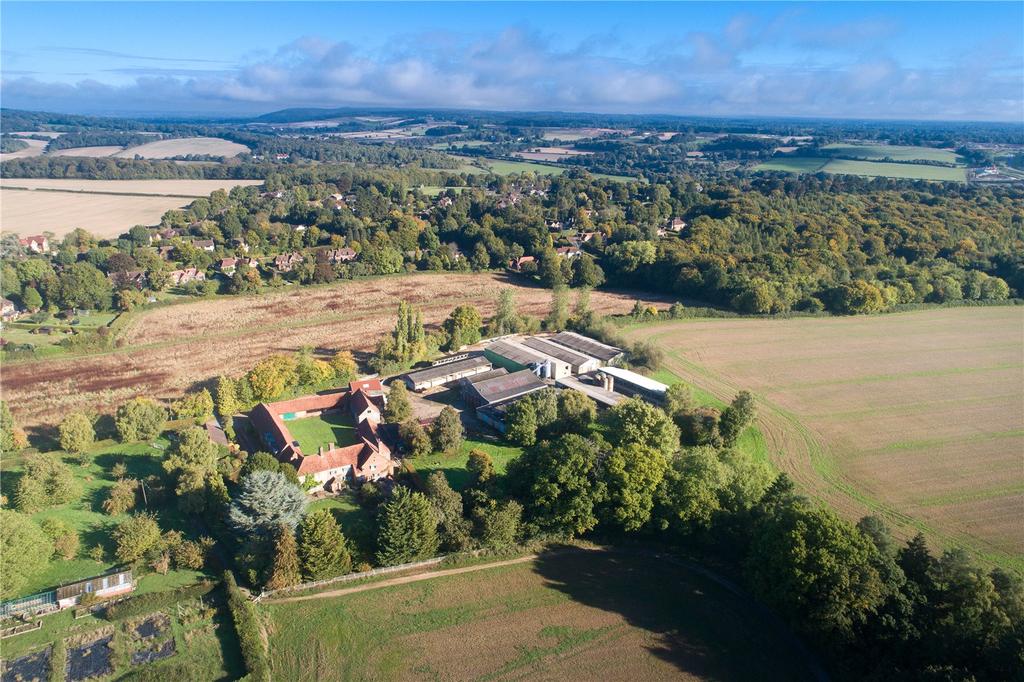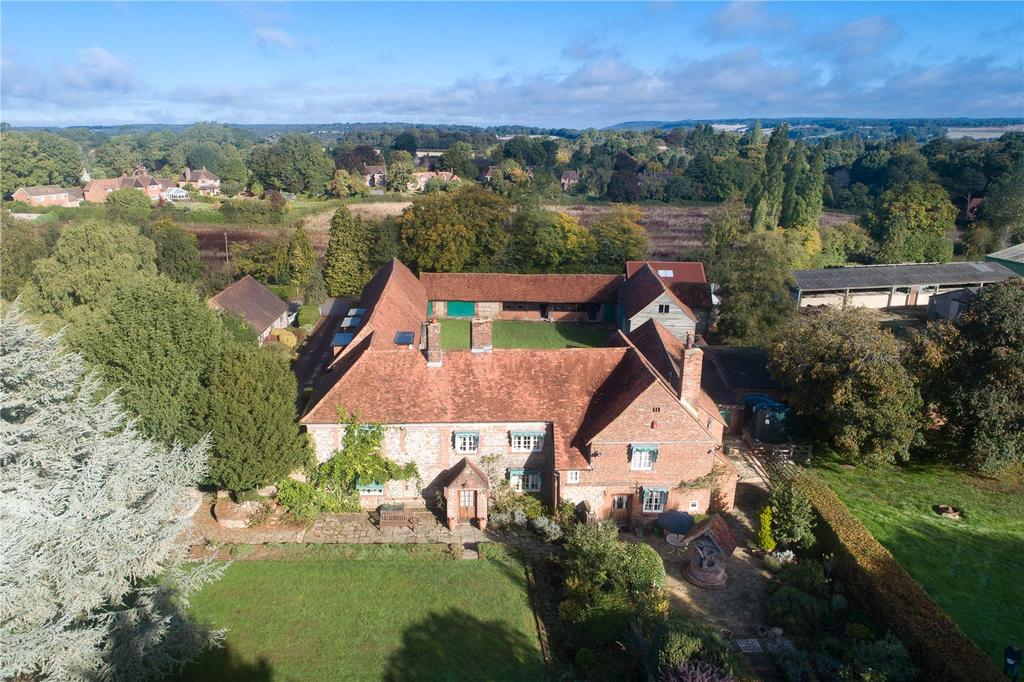Property Talk: Why the price of farmland is set to climb again in 2023
Residential property prices have fallen for five months in a row, but prices for farmland and woodland look likely to buck the trend, according to latest analysis. Penny Churchill and James Fisher take a look.


Farmland has long been seen as a sound long-term investment and, with the average price of arable land in England now standing at £10,000 or more an acre, demand has spilled over into lower-quality livestock land and driven the cost of pasture to record levels. Last week, Savills predicted that land for farming, renewable energy and woodland would be the ‘top picks’ for buyers and sellers in 2023.
Why? Well, supply remains comparatively low and demand is staying high, with a focus on ‘Nature-based solutions’ driving the market. Of all the types of farmland, Savills has earmarked ‘poorer-quality grazing land’ as a top rural investment pick, with the value of that type of farmland increasing by 20% since December 2020. Demand will continue over the next five years as ‘pressure to re-carbon and re-Nature land intensifies’.
Lack of supply means that the value of commercial forestry land — which has soared in recent years — will continue to rise, Savills say, but not to the extent previously seen. Forestry markets are now maturing, with prospects for capital growth more linked to timber prices.
"Under current legislation, land that qualifies for agricultural property relief can be given away without incurring capital gains tax — a highly efficient way to pass wealth on to children"
Although much of the growth in farmland and forestry land prices is down to the arrival on the scene of the big institutions, as they rush to burnish their green credentials, private wealth is another big player in the market.
‘It’s not only the super-rich’, says Rob Fanshawe of buying agent Property Vision, who points out that ever since the Finance Act of 1975, ownership of farmland has conferred some extraordinarily valuable tax benefits. Of these, the most significant is agricultural property relief (APR), which provides relief from inheritance tax not only on agricultural land, but also on buildings and farmhouses that are actively used by the owner for agricultural purposes. Under current legislation, land that qualifies for APR can be given away without incurring capital gains tax (CGT), making it a highly efficient way to pass wealth on to children or other family members.
Although the number of farmers in England is shrinking fast (one in five has left the industry in the past 10 years), there is still time for the smaller investor to reap the benefits of farmland ownership, says Mr Fanshawe, who recommends a minimum of 200 acres as a sensible first purchase.
This coincides neatly with the executor’s sale of Garners Sevenex Farms at Great Missenden, Buckinghamshire, a residential and agricultural farm within the Chilterns AONB, which came to the market last week through Savills Farms and Estates. Selling agent Louisa Batterbury quotes a guide price of £7.75m for the late John Garner’s 247-acre farming enterprise as a whole, or in up to six lots.
Exquisite houses, the beauty of Nature, and how to get the most from your life, straight to your inbox.

Lot 1, Andlows Farm, comprises Andlows Farmhouse, traditional and modern farm buildings, two cottages and 69 acres of arable land, pasture and woodland, guide price £3.975m. Lot 2 is 73 acres of arable land, pasture and woodland, guide price £850,000. Lot 3, Nairdwood Farm, comprises Nairdwood Farm Cottage, traditional and modern farm buildings and 50 acres of bare arable land, guide price £1.25m.

Lot 4, Broom Barn Land, is 49 acres of bare arable land, guide price £625,000. Lot 5 is a two-bedroom house in Prestwood with potential for an additional site, guide price £600,000. Lot 6 is a three-bedroom cottage in Prestwood, guide price £450,000.

James Fisher is the Digital Commissioning Editor of Country Life. He writes about motoring, travel and things that upset him. He lives in London. He wants to publish good stories, so you should email him.
